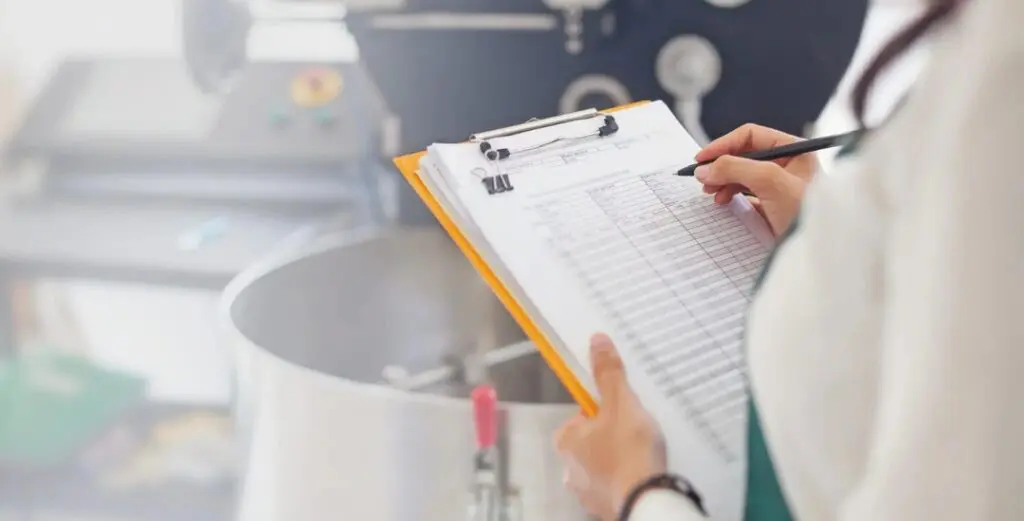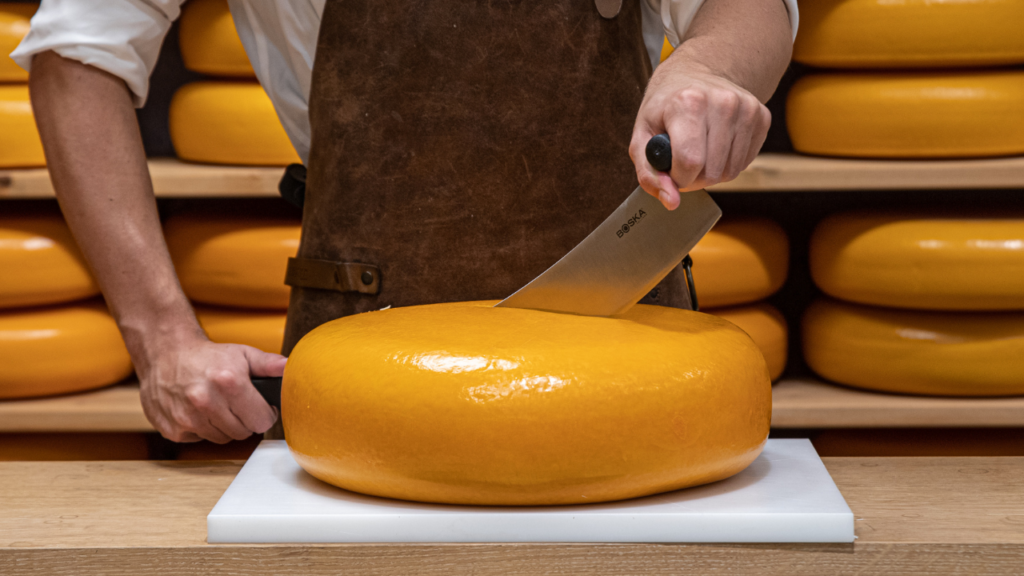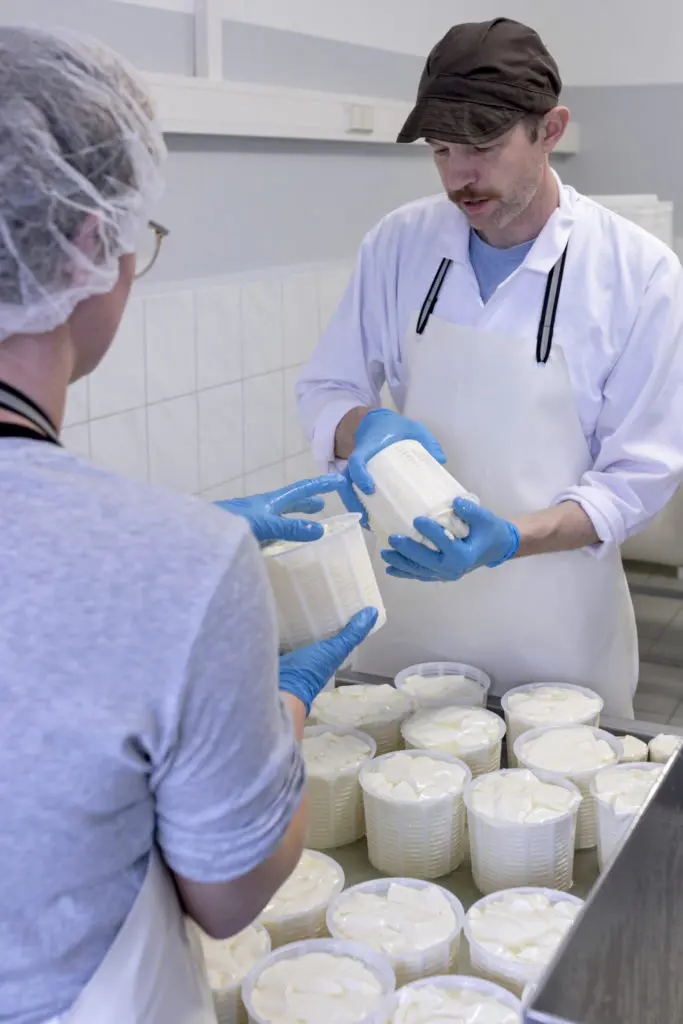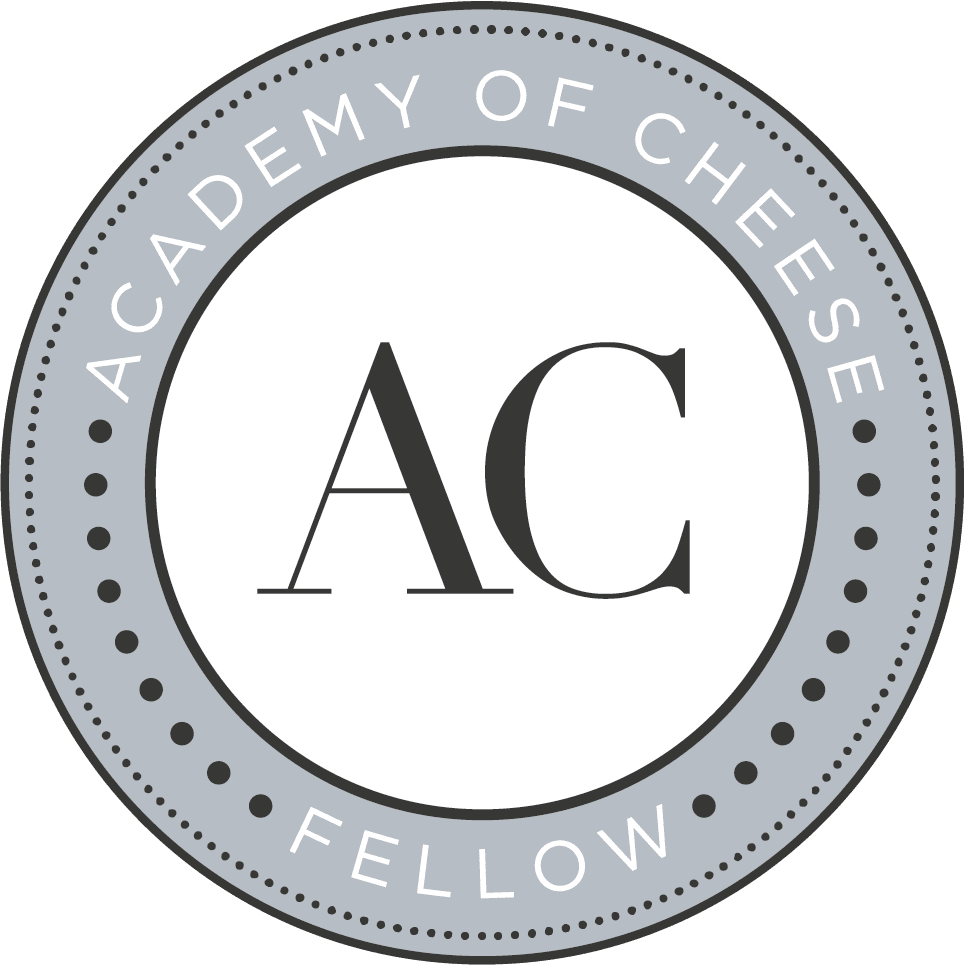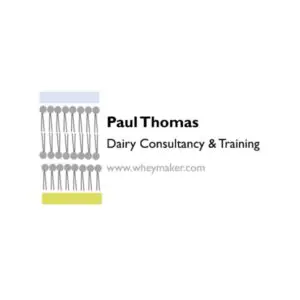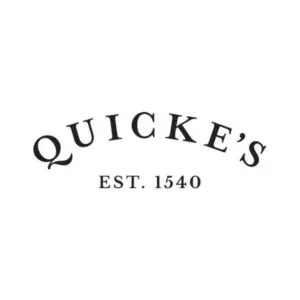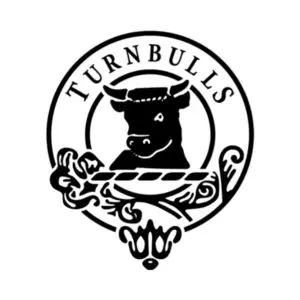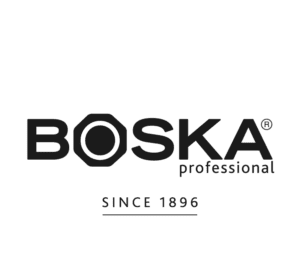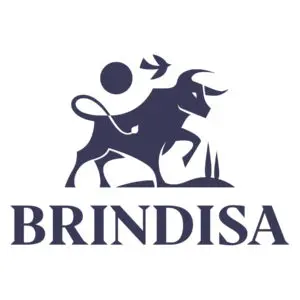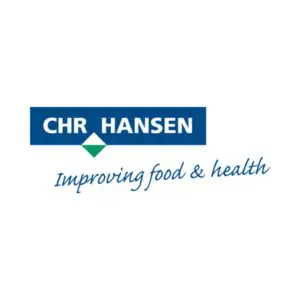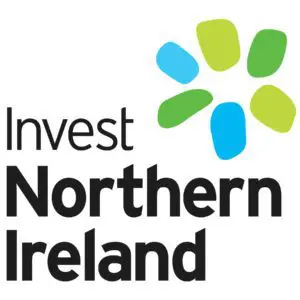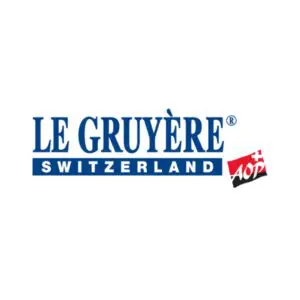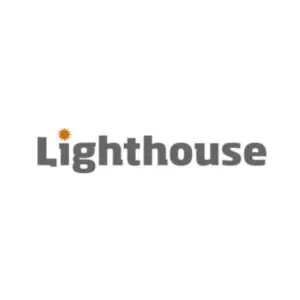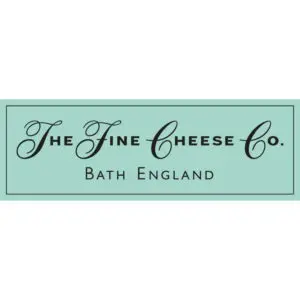Cheese Regulation & Good Practice
Food Safety is incredibly important. It’s so important we made it part of our subjects. We have collected our regulation and good practice resources all in one place.
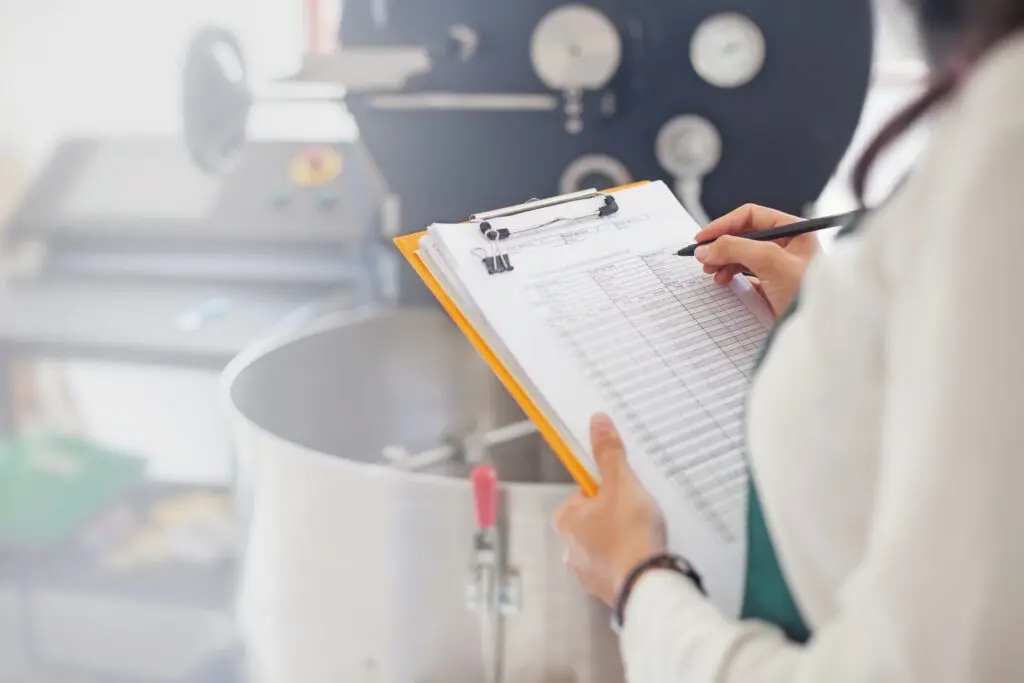
101 guide – Cheese Regulation & Good Practice | Chapter one
What is Regulation and Good Practice?
Regulations around Cheese
Eating cheese is and should be an enjoyable experience. It can only be so, however, if the cheese you are eating or selling is safe for consumption. This is the criteria for all cheese producers and retailers, but one which is made harder when the main reason for foodborne illnesses are something that cannot usually be seen.
Food safety compliance is not an easy undertaking for any food business owner; it is full of rules and regulations, procedures and paperwork. But it needn’t be dreaded and most definitely should not be disregarded. The fate of any cheese business lies both in the quality, safety and reputation of its products.

What are Food Safety Agencies?
Pathogenic microorganisms that are responsible for foodborne illnesses live on the food you prepare as well as on the food handlers themselves. These microorganisms can then travel from one place to another and spread their potential to cause disease.
The main aim of food regulatory bodies is to protect public health and the interest of consumers. These bodies ensure that food businesses have clear, understandable, and workable regulations in place.
All regulatory bodies across the world have specific laws, code of practices, and guidance documents relating to the control of food stuffs. These cover all parts of the food production and distribution chain including:
- Food production and processing,
- Packaging and labelling
- Importing and distribution
- Retailing and catering
In addition to regulatory bodies, there are various specialist cheese industry bodies, which have been set up by industry experts and technical committees to offer codes of best practice, such as the Specialist Cheese Makers Association (SCA) in the UK, the American Cheese Society (ACS), the New Zealand Specialist Cheese Makers Association and the Australian Specialist Cheese makers Association.
Which Laws are Relevant to Cheese?
The framework for UK national legislation is set out in the Food Safety Act 1990, though this has been amended to bring it in line with European law. The general requirements of European food law are described in Regulation (EC) 178/2002 along with three additional regulations which are often referred to as the ‘hygiene package’. These include Regulation (EC) 852/2004, Regulation (EC) 853/2004 and Regulation (EC) 854/2004.
All businesses are required to meet the minimum legislative requirements of these regulations and will be subject to inspection and subsequent approval to be operational.
What are Pathogens and why are they relevant to cheesemaking, cheese maturation and cheese storage?
Milk is a highly nutritious medium for bacteria, and can support the growth of many pathogenic organisms; these are defined as those that cause disease, eg. food poisoning. The principal organisms associated with food poisoning outbreaks include:
- Listeria monocytogenes
- Salmonella
- Coagulase-positive Staphylococci (CPS)
- Shiga toxin-producing E. coli (STEC)
What is Cross-Contamination and what are the Hygiene Issues Surrounding Cheese Safety?
If a cheesemaker and retailer follow strict food safety procedures and have robust HACCP programmes in place, then their cheeses should reach the consumer free from pathogens. At this stage, the biggest risk then to human health is that which arises through cross contamination.
Cross contamination is the movement of harmful microorganisms and other pathogens that are spread unintentionally from the service area or equipment to the food being prepared. It is a way of spreading foodborne illnesses and can, potentially, cause an outbreak. Cross contamination can occur at any point in the food supply chain with several different routes, including:
- Dirty hands
- Contaminated equipment, surfaces & packaging
- Contaminants in the environment, such as chemicals, airborne spores and allergens
- Transporting and storing cheese with contaminated foods
What are the 12 Steps of HACCP
HACCP is is a systematic and scientific approach to food safety, built to address potential food safety hazards by analysing risks, establishing critical control measures and monitoring procedures to prevent their proliferation which may cause harm to public health.
Whilst there are 12 HACCP steps, the first five are known as “Preliminary Steps” and include (1) Assembling a Team; (2) Scoping the Process; (3) Identifying the Target and finally (4) Constructing and (5) Verifying a Process Flow to identify the production process from supply through to manufacture and delivery.
Steps 6 – 12 are known as the Principles of HACCP and are as follows:
6: Carry out a hazard analysis
7. Determine the Critical Control Points
8. Establish Critical Limits
9. Establish a system to monitor control of the CCP
10. Establish the corrective action to be taken when monitoring indicates that a particular CCP is not under control
11. Establish procedures for verification to confirm that the HACCP system is working effectively
12. Establish documentation concerning all procedures and records appropriate to these principles and their application

What are Food Labelling Laws?
All prepacked cheese requires a food label that displays certain mandatory information. Some of these are general requirements applicable to all foods, whilst others are specific to milk products.
There are general requirements, which must be accurate and not misleading, including:
- Name of the Cheese
- Net quantity
- List of Ingredients (although these may be omitted if the only added ingredients are lactic products, food enzymes, starter cultures and salt)
- Allergen information
- Use-by date
- Storage conditions
- Name and address of cheese producer or who the cheese is marketed by
- Country of origin
- Nutritional declaration (this may be omitted if the manufacturer only supplies small quantities to the final consumer or to a local retailer that may supply the final consumer)
What Happens When a Cheese is Withdrawn or Recalled?
The term product withdrawal means the removal of foods from the market, where it has not yet reached the final consumer.
The term product recall means the removal of foods from the market at all levels, including from the consumer.
Regulatory bodies can provide information on how to deal with food incidents which may require a product withdrawal or a recall.
What is Food Crime?
Whilst not a large topic within Regulation and Good Practice, food crime, or “food fraud” is becoming an increasing challenge for the food industry. There are opportunities to make money by unscrupulous suppliers of food which have false claims, origins, and certifications. Examples of food crime include:
- Adulteration/Substitution
- Waste Diversion
- Document fraud
- Theft.
There are systems, like those used in HACCP, that can be put in place to help prevent food crime, using the flow of production to identify hazards, assess the risk, and put controls in place.

How Does the Design of a Dairy Impact Food Safety?
When looking at the design of a dairy, the placement of a cheese cave, or perhaps the site of a cheesemongers, it is necessary to consider how the space will contribute to an effective, safe food environment. There are several design factors that will have an impact on food safety, predominantly from cross contamination and it is important to consider these when deciding whether to move into an existing building or create a purpose-built space.
101 guide – Cheese Regulation & Good Practice | Chapter two
What does Regulation and Good Practice mean to the Cheese Industry?
Cheese Industry Responsibilities
Every year, millions of consumers become sick due to foodborne related cases. It is the responsibility of cheese industry professionals to fulfill all the necessary steps to protect public health. Not just from an ethical standpoint, but also financially: the burden of extra costs, not only due to foodborne illnesses, but also with food waste can add up to millions of pounds.
Whilst food safety is not a small matter, it is necessary if you want to keep running your business.
Cheese making support is available globally. There are many regulatory bodies across the world, in addition to specific cheese focused industry bodies who provide expert and scientific based advice to support all sizes of cheese making dairies to make safe cheese.
When deciding to set up a food business, advice should be sought from the relevant local regulatory body.
As well as setting down laws on food hygiene requirements and managing food safety, they also offer advice on HACCP plans, premises design and internal requirements, packaging and labelling and registration advice.

HACCP plans
Owners and managers will be responsible for all ensuring all steps of an HACCP plan are set up and implemented. They will be required to identify the hazards, such as drawing up the list of potential pathogens; recognise, with the use of reliable and factual resources, the CCPs; and initiate monitoring, verification and documentation procedures.
Food Safety
Food safety is not a short-term process that can be introduced at the opening of a new business or at the start of a batch of cheese. It is a process that must be maintained, constantly reviewed and improved upon, according to current food safety regulations. As such, depending upon the size of the business, it may be necessary to employ one or more persons specifically tasked with the overall running of the HACCP program.
Nor should the responsibility be restricted to managerial staff; HACCP processes must be passed top-down and enforced, so that a company-wide approach is adopted. There is a responsibility of the employer to provide supervision and adequate training to all personnel in food hygiene matters.
Personal Hygiene Requirements
Employees such as cheese counter staff, sous chefs and dairy hands have a responsibility for their own personal hygiene requirements; contamination of milk by food handlers is relatively uncommon if there are effective personal hygiene arrangements, e.g., hand washing, clean uniforms and covering hair.
As well as their own personal hygiene, staff may also have to carry out the actual documentation of HACCP procedures, such as temperature checks, cleaning schedules and use-by dates.
Failure to comply with Food Safety laws and regulations can result in one of five improvement notices, prohibition orders, remedial action notices or detention notices, that can severely impede on a business, whether that’s a dairy, a cheesemaker, a restaurateur or a cheese retailer.
101 guide – Cheese Regulation & Good Practice | Chapter three
What does Regulation and Good Practice mean to consumers?
Caring for and Serving Cheese
Having a basic understanding of food safety, when it comes to keeping, caring for and serving cheese, will, ultimately keep you, as a cheese lover, and your family/guests safe from any potentially harmful pathogens that may have developed because of poor production processes or care prior to and after purchase.

Correct Temperatures for Cheese
Factors such as storing cheese at the correct temperature and adhering to use-by dates will help reduce incidences of food-poisoning in the unlikely event of inadequate food safety programmes being in place prior to purchase.
Cheese Cross Contamination
An understanding of cross contamination will further reduce these risks. Often cheese is eaten “uncooked” on its own, rather than cooked within a recipe. If pathogens from raw meat and fish, or chemicals from domestic supplies are transferred onto the cheese, they could have a detrimental effect on the safety of the cheese.
101 guide – Cheese Regulation & Good Practice | Chapter four
What is the relationship between the Academy of Cheese and Regulation and Good Practice
Practical Guidance for Cheese
Regulation and Good Practice is the area of cheese industry and study that outlines the relevant issues, identifies the laws and associated bodies and offers practical guidance with the aim of reducing incidences and minimising the risks associated with food born illnesses.
Cheesemaking, Supply and Mongering
Acknowledgement of this critical aspect of cheesemaking, supply and mongering cannot be overstated, which is why the Academy of Cheese is committed to educating both industry professionals and cheese-loving consumers, of this topic of Regulation and Good Practice with its own module, within each of their three levels of certification.
101 guide – Cheese Regulation & Good Practice | Chapter five
How is Regulation and Good Practice Taught at Levels One, Two and Three?
Each certification builds upon the previous level, with the knowledge required progressing from the perspective of a junior level monger and consumer at Level One to the legal responsibilities and in-depth establishment of process more relevant to ownership and managerial staff at Level Three.

Level one – basic hygiene measures
At Level One, we look at basic hygiene measures, cross contamination causes and food safety labelling that are relevant to both consumers and cheese industry staff.
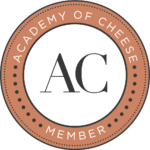
Level two – regulations and legal requirements
Level Two takes an in-depth look at cheese-related pathogens; the regulations and legal requirements in place to protect the consumer from foodborne illnesses and a detailed breakdown of the Seven Principles of HACCP.

Level three – regulatory bodies and accreditation schemes
At Level Three, delegates will be expected to know the aims and responsibilities of the different regulatory bodies, including specific industry bodies and accreditation schemes as well as the role of due diligence in food safety cases. From a management perspective, they will identify the list of pre-requisites to any food safety plan, including induction and training, waste management, equipment management and traceability procedures. They will take a more detailed look at each of the 12 HACCP steps, relevant to each stage of the supply chain, and be able to compare them to HARPC controls in the US. Finally, the design of a dairy and the equipment within are considered, not only in relation to cross contamination, but also from a cost and regulatory perspective.
101 Guide Resources
Find all the articles, video, and resources you need to study this subject.
Cheese Regulation & Good Practice Articles
Cheese Regulation & Good Practice Videos
Cheese Regulation & Good Practice Tools and Resources
More subjects to explore.
Cheese, obviously! We are the Academy of Cheese after all. But, our mission is much greater than just a passion for cheese. Check out the pages below to see why we need to protect, support and promote cheese, its makers and mongers, how it’s possible and what we are doing to get there.
Keep up to date with our progress. Subscribe to our blog!
Subscribe to our blogs
Get Academy mission updates delivered straight to your inbox. Subscribe to our blog and we’ll let you know what we are doing to protect, support and promote cheese, its makers and mongers as it happens.
